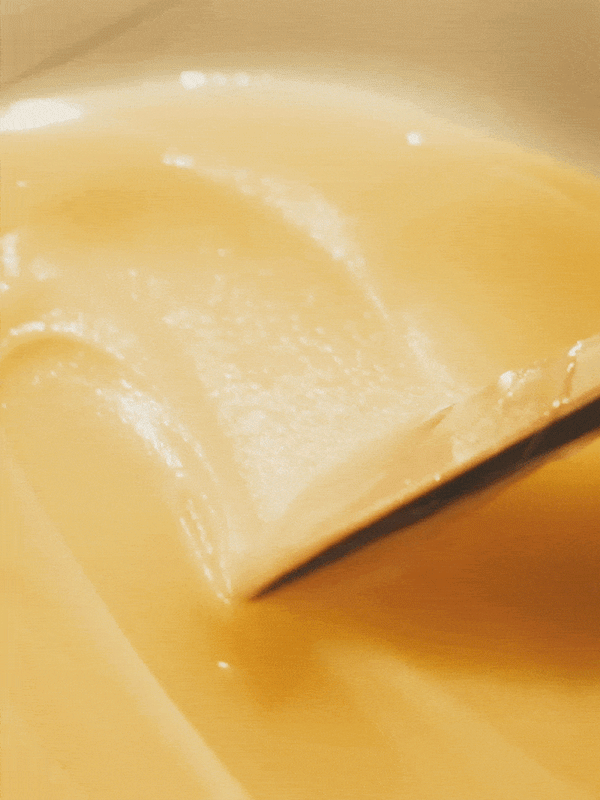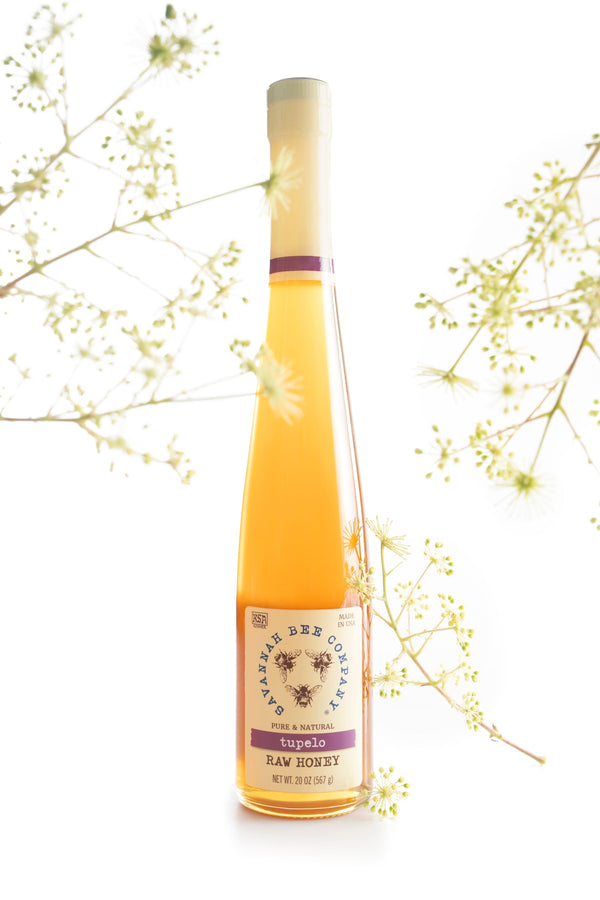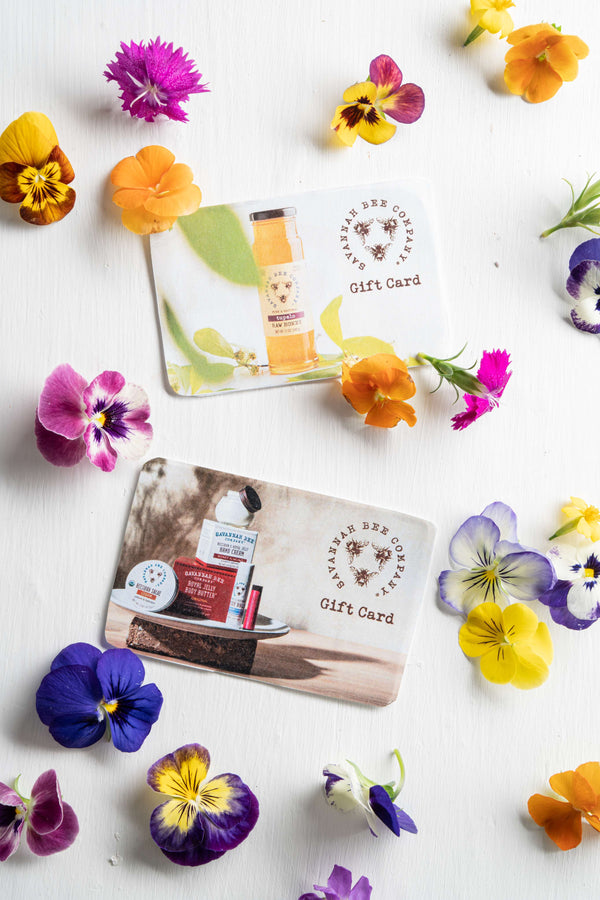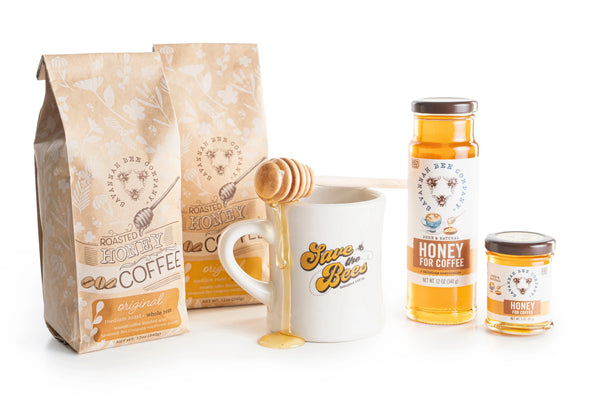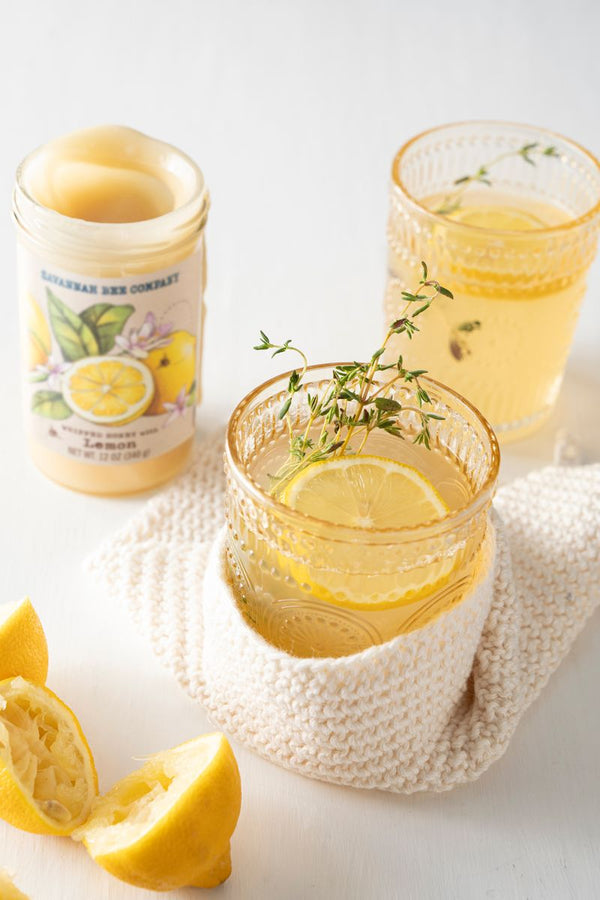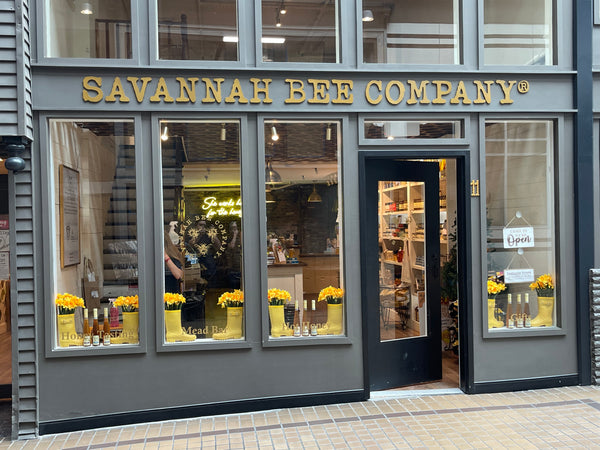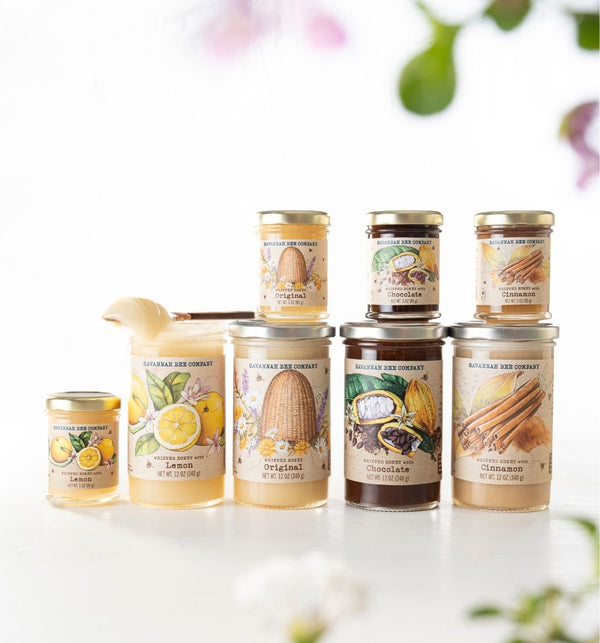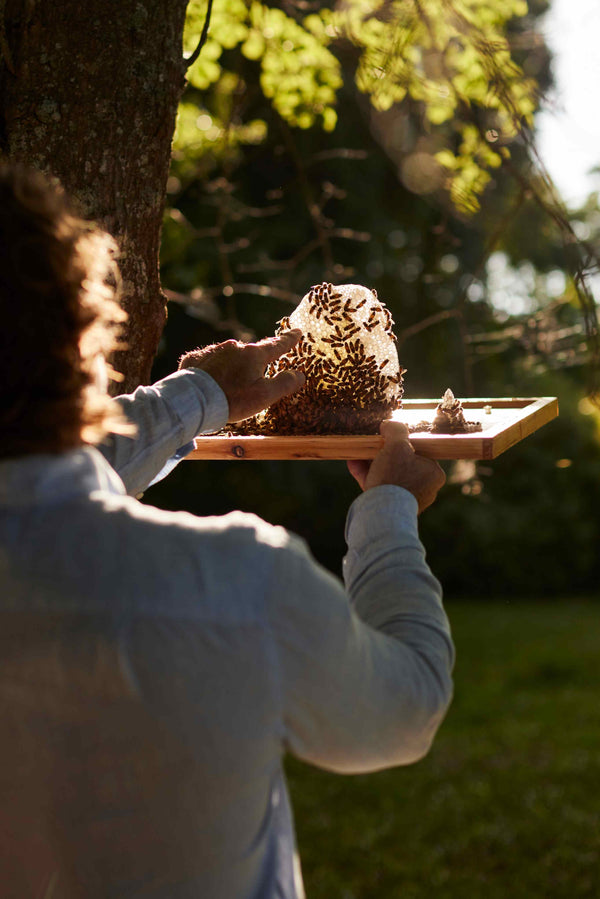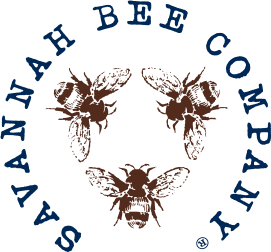What’s the Big Buzz About Bee Pollen?
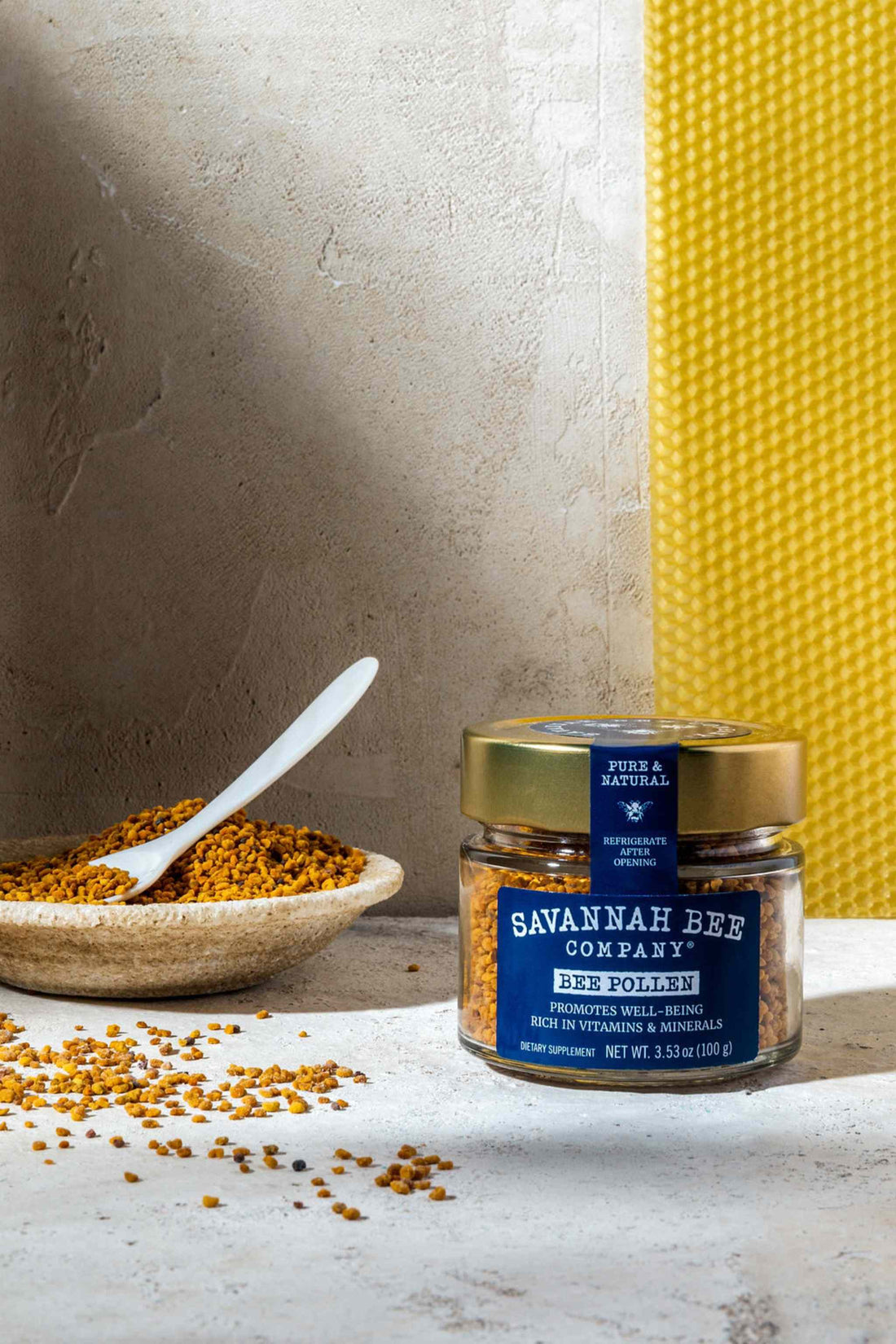
Honey may get all the props, but the bees also make another marvelous substance as they flit between flowers: Bee pollen.
These knobby little granules may not have honey’s glamorous shine, but they pack powerful sustenance that can feed the whole hive — and deliver a weighty punch of nutrition to humans, too.
What's bee pollen, exactly?
As the bees buzz around their favorite blooms, they collect two things: The first is nectar from the flowers, which is later transformed into honey.
The second is powdery pollen offered up from the seed part of the plants — the bees transfer some of it to their next stop, aiding the plants in pollination.
The rest they take home to the hive for the rest of the brood, where they feast on the pollen that can become mixed with nectar, beeswax, enzymes, and the bees’ own saliva (don’t worry, it’s not as gross as ours.).

What's bee pollen made of?
Like honey, the composition of bee pollen varies, depending on what types of flowers the bees have been frequenting.
In addition to a hearty combination of protein (20-60%), carbohydrates (40-60%), and fats (up to 32%), bee pollen can contain up to 200 other active substances, including:
-
Amino acids
-
Vitamins A, B1, B2, B6, C, D, E
-
Minerals in the form of calcium, phosphorus, magnesium, potassium, sodium, iron, copper, silicon, selenium, and zinc
-
Flavonoids
All of these add up to what we might call a “superfood” — meaning it contains all of the nutritive components essential to human sustenance.

While none of us may choose to live on bee pollen for the rest of our lives, we certainly could!
Bee pollen history - and future
Our ancestors have known about the power of bee pollen for millenia.
Ancient Egyptians called it the “powder that gives life” and tucked a few jars into their loved ones’ tombs to nourish them in the afterlife.
In Greece, it was known as “the food of the gods,” its health benefits extolled by Hippocrates, the father of modern medicine.
Roman soldiers and Native American warriors carried it for a boost of energy on the battlefield.
It once served as a major dietary staple in China and India, and the Maori people of New Zealand still use it to make pua, a type of steamed bread.
Today, bee pollen continues to fascinate — and nourish — people all over the world.
Some use it as a superfood to boost the inclusion of essential amino acids, vitamins, and minerals to their diet.
A common use is in fruit bowls, over avocado toast, or in smoothies.
Others look for benefits from other properties in bee pollen shown in scientific studies:
- Antioxidants that can help reduce cell damage caused by free radicals
- Antimicrobial profiles useful in fighting off disease-causing pathogens
- Anti-inflammatory effects that may reduce swelling, pain, and other symptoms
Research continues to be conducted to examine the make-up of bee pollen — and its magnificent potential for humankind.

Other potential bee pollen health benefits
Recent bee pollen studies have suggested more exciting developments for human health.
While it’s too soon to make sweeping claims, there have been major advancement in the following areas:
- Wound healing. Ointment containing bee pollen has been shown to repel microbes and speed the healing of burns and other skin wounds.
- Boost immunity. New research proves there may be something to the claims that bee pollen can help reduce allergies and stave off colds.
- Healthy heart. Bee pollen definitely reduces plaque in the arteries of certain animals; it remains to be seen if this success translates to humans.
- Fight cancer. While science hasn't proven it yet, research continues into the anticancer properties of bee products.
Many people have already experienced health benefits by taking bee pollen.
The bee pollen sourced by Savannah Bee Co. comes from Spain, renowned for its purity and delicate taste.
Start with a half teaspoon and work up to a spoonful or two a day and see what bee pollen can do for you!
#savethebees
Published



